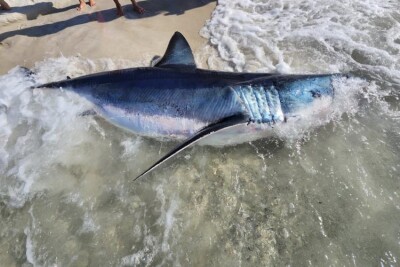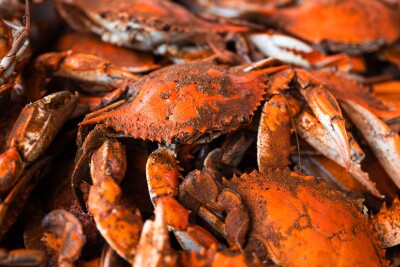Last summer, Alaska setnetter Chris Brandt sat on an empty Cook Inlet beach that normally she'd be working, setting her nets in the murky waters of the east side of Cook Inlet in hopes of scooping up thousands of sockeye salmon. But inevitably, there was a chance that swimming among the millions of sockeye headed to Alaska rivers, Brandt's net would snag one of the chinook salmon so prized by anglers.
And last summer, very few of those chinooks showed up. No one is exactly sure why. But in an effort to protect those precious kings -- the largest and most prized of all of salmon -- fisheries managers shut down the setnetters. Those kings that might wind up in commercial nets -- a couple hundred at most -- needed to be spared to ensure that enough of them reached their spawning grounds to ensure strong future runs. That was particularly important to sport fishermen, who also faced harsh restrictions and closures. With different user groups demanding the burden of conservation be shared, fishing all but stalled on and around the Kenai River.
But the setnet shutdown cut particularly deep among certain commercial fishermen on the Kenai Peninsula.
Setnet disaster, driftnet boom
On the Kenai, commercial fishermen are grouped into two distinct groups -- setnetters and driftnetters. Setnetters fish near shore, setting their nets from skiffs. More mobile driftnetters work the middle of the inlet, where their nets float near the top of the water.
In 2010, the Alaska Board of Fisheries established that the two groups fish separately. And while the setnetters were beached most of the summer, the driftnetters took in more than 23 million pounds of sockeye for a total profit of $32 million, slightly higher than 2011, when they captured $30 million of fish. Driftnetters were allowed to fish because very few kings swim in the middle of Cook Inlet, where drifters work.
Read the full story at the Alaska Dispatch>>






